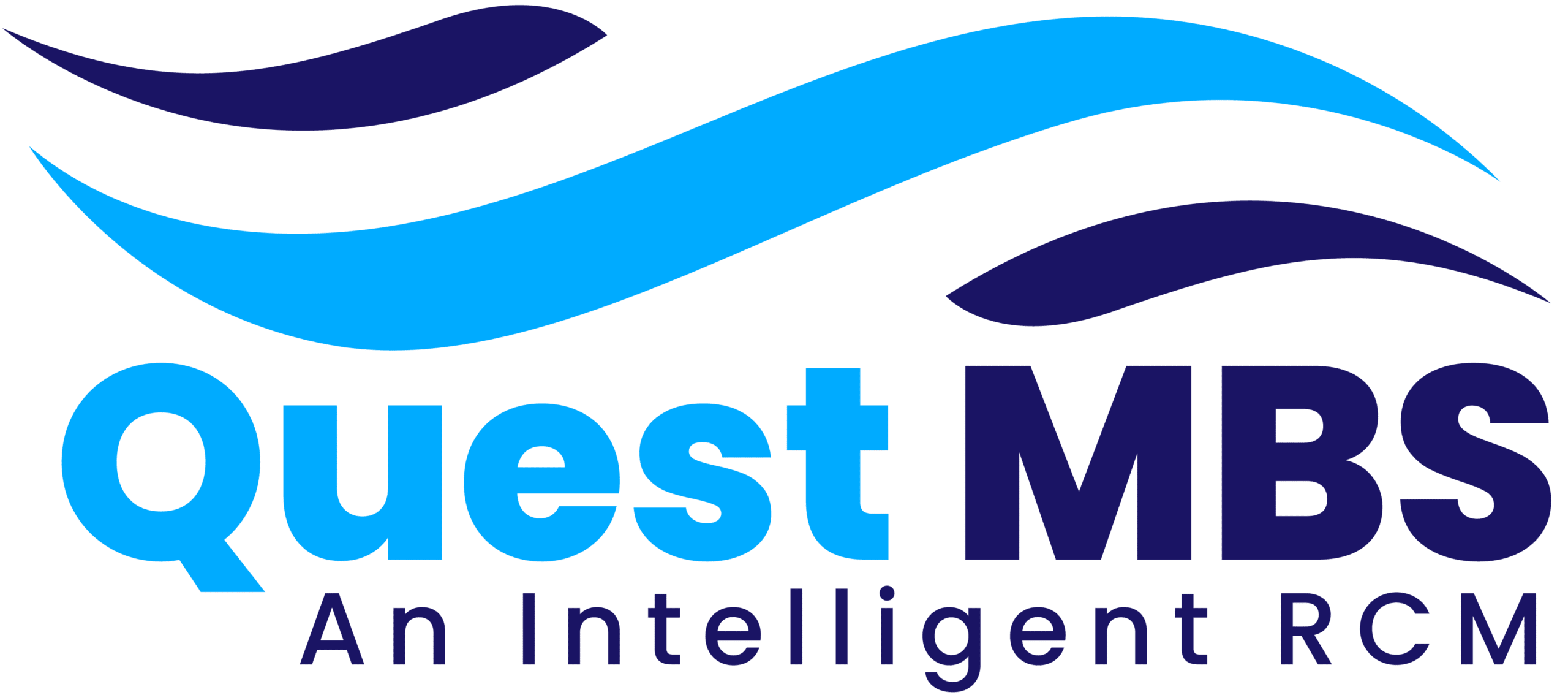Introduction:
Medical billing has become more complex as healthcare costs rise and insurance coverage shifts toward higher deductibles and copayments. Many healthcare providers struggle with collecting payments from patients, leading to increased revenue losses and financial strain on medical practices.
Improving patient payment collections requires a proactive approach that includes transparent billing, effective communication, flexible payment options, and the use of technology. In this article, we will explore best practices to help healthcare providers maximize patient payments while maintaining positive patient relationships.
1. Verify Patient Insurance and Financial Responsibility Upfront:
One of the most effective ways to improve payment collections is verifying insurance coverage and patient responsibility before providing services. Patients are more likely to pay if they know what they owe in advance.
Key Steps for Upfront Verification:
- Check patient insurance eligibility before every visit using electronic verification tools.
- Confirm copay, deductible, and coinsurance amounts to avoid billing surprises.
- Discuss out-of-pocket costs with patients before treatment.
- Obtain pre-authorization for procedures that require it.
By verifying details before the appointment, providers can prevent billing disputes and ensure timely payments.
2. Offer Transparent and Simple Billing Statements:
Many patients delay payments because they don’t understand their medical bills. Complex invoices with unclear charges lead to confusion and frustration.
How to Make Billing Statements More Patient-Friendly:
- Use clear language instead of medical jargon.
- Highlight the total amount due and the due date prominently.
- Break down charges into simple categories (e.g., “Doctor Visit: $100, Lab Test: $50”).
- Show insurance payments and adjustments to clarify what the patient owes.
A well-structured bill encourages faster payments and reduces disputes.
3. Collect Payments at the Time of Service:
The best time to collect payments is before or immediately after a service is provided. Once a patient leaves the facility, the chances of collecting payment drop significantly.
Best Practices for Collecting at Point-of-Service:
- Train front-desk staff to request payments politely.
- Use credit card terminals and mobile payment options for instant transactions.
- Offer self-pay discounts for patients without insurance.
- Require deposit payments for high-cost procedures.
If full payment isn’t possible, set up a payment plan before the patient leaves.
4. Provide Multiple Payment Options:
Patients have different financial situations and payment preferences. Offering multiple ways to pay makes it easier for them to settle their bills.
Recommended Payment Options:
✅ Online payment portals – Allows patients to pay bills anytime from their phones or computers.
✅ Credit and debit cards – Make it convenient for patients to pay on the spot.
✅ Automatic recurring payments – Ideal for installment plans or high-cost treatments.
✅ Mobile payment apps (e.g., Apple Pay, Google Pay, PayPal) – Offers modern and secure payment methods.
✅ In-person and mail payments – Keeps options open for less tech-savvy patients.
A flexible payment system leads to faster collections and reduces unpaid balances.
5. Offer Payment Plans for High Balances:
Many patients struggle to pay large medical bills in one lump sum. Instead of waiting for full payment, providers can offer structured payment plans to encourage partial payments over time.
How to Implement Effective Payment Plans:
- Set clear terms (e.g., “Pay $100 per month for 6 months”).
- Use automatic deductions from credit cards or bank accounts.
- Charge a small interest fee for extended plans to cover administrative costs.
- Require an initial down payment before setting up the plan.
Patients are more likely to pay when given manageable payment options.
6. Send Timely and Consistent Payment Reminders:
Patients often forget to pay medical bills, especially if they don’t receive reminders. A structured follow-up system ensures they stay informed about their balance.
Effective Reminder Strategies:
- Email reminders – Send invoices and payment due dates electronically.
- Text message alerts – Short and effective reminders with payment links.
- Phone call follow-ups – Personal touch for overdue balances.
- Mailed statements – Useful for elderly patients or those without digital access.
Sending multiple reminders (before and after the due date) improves collection rates.
7. Train Staff to Handle Payment Discussions Professionally:
Front-office and billing staff play a crucial role in collecting payments. They must be trained to discuss payments politely and effectively.
Best Practices for Staff Training:
- Teach how to ask for payments confidently without sounding aggressive.
- Train staff on explaining financial responsibility to patients.
- Offer scripts for handling payment objections (e.g., “We understand this is a high bill; we can set up a payment plan.”).
- Educate staff on HIPAA and patient privacy when discussing financial matters.
A well-trained staff ensures higher collection rates and better patient relationships.
8. Use Technology for Automated Billing and Collections:
Manual billing processes are slow, error-prone, and inefficient. Implementing automated billing systems can significantly improve collections.
Technology Solutions to Improve Collections:
- Electronic Health Records (EHR) with billing integration – Reduces errors and speeds up claim processing.
- Automated payment systems – Allows patients to pay online 24/7.
- AI-driven billing analytics – Identifies patterns in unpaid bills and suggests follow-up strategies.
- Appointment scheduling software with payment reminders – Ensures patients are financially prepared before visits.
Investing in modern billing technology reduces administrative workload and improves cash flow.
9. Follow Up on Unpaid Bills with a Structured Collection Process:
Despite best efforts, some patients will still miss payments. A structured collection process ensures overdue bills are addressed properly.
Steps for Handling Unpaid Balances:
- Send multiple reminders (email, text, phone call).
- Offer an extended payment plan if financial hardship is a factor.
- Negotiate settlements for patients who cannot pay the full amount.
- Use a collection agency as a last resort for significantly overdue bills.
- Consider legal action for large unpaid balances (only if necessary).
A patient-friendly yet firm approach can recover payments without damaging relationships.
10. Educate Patients About Their Financial Responsibilities:
Many patients are unaware of how medical billing works and what they are responsible for paying. Educating them upfront can prevent payment delays.
Ways to Educate Patients About Billing:
- Provide a financial responsibility form explaining insurance coverage.
- Explain billing details before procedures, not after.
- Add a FAQ section on your website with billing and payment information.
- Offer a billing support helpline for patient inquiries.
An informed patient is more likely to pay on time and avoid disputes.
Conclusion:
Improving patient payment collections requires proactive communication, flexible payment options, clear billing practices, and the use of technology. By implementing these best practices, healthcare providers can reduce unpaid balances, improve cash flow, and maintain positive patient relationships.
The key to success is making the payment process simple, transparent, and convenient for patients. A well-structured collection strategy ensures that medical practices remain financially stable while continuing to deliver high-quality care.







